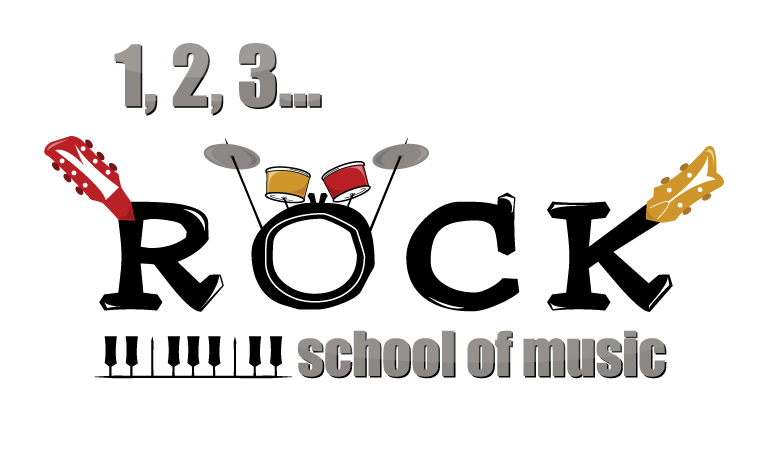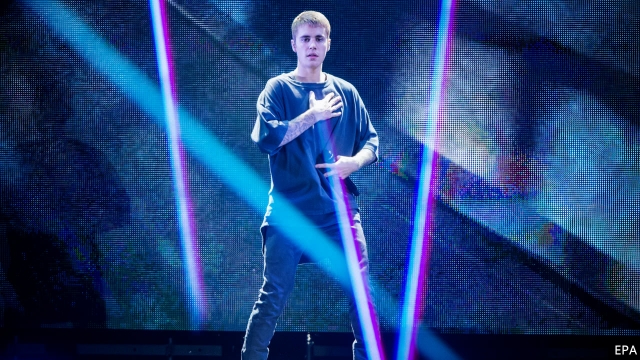A search for the sound of an acoustic piano in Billboard’s current Hot 100 yields few results. The instrument’s warm tone is increasingly rare in an industry driven by computer-generated sounds
—
September 26, 2017
The instrument is nowhere to be found in “I’m The One,” a collaboration between DJ Khaled and Justin Bieber (pictured), or among the digitized marimbas of Ed Sheeran’s “Shape of You.” “Strip That Down,” an R&B track from Liam Payne (formerly of One Direction), also relies on computer-generated sounds. The piano has not been consigned to history: it is at the heart of “Praying,” a soulful ballad by Kesha, and Harry Styles’s “Sign of the Times.” But usually, ebony-and-ivory interludes make only fleeting appearances in pop songs, as in Coldplay and the Chainsmokers’ “Something Just Like This.” Has the tinkling of keys gone out of fashion?
From the earliest Italian fortepianos of the 1600s to the German Lieder of the 1800s, the acoustic piano was an integral part of songwriting, seen as a perfect complement to a singing voice. In the late 19th century, the instrument was a status symbol; New York was home to a hundred different manufacturers. It was there for the birth of jazz, blues and rock and roll. Aretha Franklin, Stevie Wonder, Elton John, Billy Joel and Freddie Mercury each made the instrument a star in its right.
Today, however, most of those American piano makers have ceased operation, and unwanted wooden pianos lie in garbage dumps. In today’s 21st-century American homes, pianos are often considered furniture: sales of new acoustic pianos in 2016 were down 88% from the 282,000 units sold in 1978, according to the Blue Book of Pianos. Younger generations seem to prefer a version of the instrument that is both portable and cheaper to purchase (the National Association of Music Merchandisers reported sales of 1.2m digital keyboards in 2015, compared with fewer than 40,000 acoustic pianos). It is easier for professional musicians to transport a keyboard than a 500lb piano. Songwriters on the move can compose on laptops. It is less a rejection of the piano’s sound than of ‘bulky’ physical form.
Sampha (pictured), a British singer and producer, consider the music industry to be “on the cusp of a new era of human evolution, wherein musicians may embrace old instruments in new ways.” His music is a blend of the old and the new, featuring electronic drumming and keyboarding as well as acoustic piano. “Process,” Sampha’s latest album, gained attention after he filmed a video for the song “Plastic 100º C” on an acoustic Blüthner upright piano. In the clip, sublime notes flow from his fingers, yielding otherworldly chords and a sense of urgency usually lost in the thicket of pop. Sampha argues that the piano offers a warmth of tone and intimacy that is as yet unrivaled by any electronic instrument. “I started dabbling with music software at age 12 or 13,” he says, “but I always needed a break from my computer and would often find myself going back to the piano for its richness. It’s exciting to hear new things, but not at the expense of the past.”
Sampha is not alone in bringing traditional sounds into conversation with modern ones: singer Howard Jones uses Apple computers, key-tars and traditional pianos in his live shows and recordings, but believes the perfection of machines can quash the “warts” that make an artist truly original. Benmont Tench, the keyboardist for Tom Petty and the Heartbreakers, incorporated his Steinway acoustic grand piano into the keyboard and organ rig he takes on tour. While accepting digital technology as today’s standard, he notes that the piano was a social experience in the 1950s and 1960s in a way that it isn’t now. “If you heard a song on the radio, you could buy the sheet music and play it at home. It was part of life to play and sing.” For him, the piano offers that personal touch. “If everything on a recording is engineered down to the millisecond, it takes the human out of the music.”
Perhaps the piano is evolving, not dying out. The pop songs of today have decades of plugged-in predecessors: electric pianos and organs were plentiful throughout the past hundred years, and the programmable electronic keyboard hit its stride in the synthesizer sounds of Kraftwerk and Giorgio Moroder. What comes next may be a continued diversification of piano sounds. But as for the intimate and personal style of songwriting, the acoustic piano has always best suited, prominent pop artists such as John Legend and Adele are ensuring that it still has a place on the airwaves. They may inspire future performers to take a seat at grandma’s piano.
This article is a re-post, with small modifications, of “Pop music is rejecting the piano. Why?” an article published on the economist.com by K.Y.W.
Click here to visit the original content.


